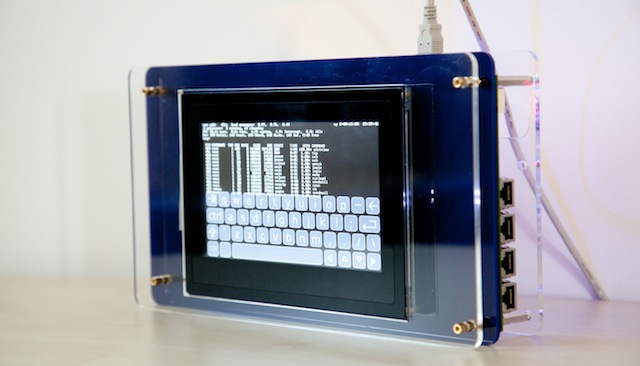I am at the IEEE Euro Security and Privacy Conference in London.
The keynote talk was by Sunny Consolvo, who runs Google’s security and privacy UX team, and her topic was user-facing threats to privacy and security. Her first theme was browser warnings, which try to stop users doing what they want to; it’s an interruption, it’s technical and there’s no obvious way forward other than clicking through the warning. In 2013 their SSL warning had a clickthrough rate of 68% while their more explicit and graphic malware warning had only 23% clickthrough. Mozilla’s SSL warning had a much lower 33%, with an icon of a policeman and more explicit tests. After four years of experimenting with watching eyes, corporate styling / branding and extra steps – none of which worked very well – they tried a strategy of clear instruction, attractive preferred choice, and unattractive alternative. The text had less jargon, a low reading level, brevity, specifics, an illustration and colour. Her CHI15 paper shows that the new design did much better, from 69% CTR to 41%. It turns out that many factors are at play; a strong signal is site quality, but this leads many people to continue anyway to sites they have come to trust. The malware clickthrough rate is now down to 5%, and SSL to 21%. That cost five years of a huge team effort, with back-end stuff too as well as UX. It involved huge internal fights, such as with a product manager who wanted the warning to say “this site contains malware” rather than “the site you’re trying to get to contains malware” as it was shorter. Her recent papers are here, here, and here.
A second thread of work is a longitudonal survey of public opinion on privacy ranging from government surveillance to cyber-bullying. This has run since 2015 in sixteen countries. 84% of respondents thought limiting access to online but not public data is very or extremely important. 84% were concerned about hackers vs 55% worried about governments and 53% companies. 20% of Germans are very angry about government access to personal data versus 10% of Brits. Most people believe national security justifies data access (except in South Korea) while no country’s people believes the government should have access to police non-violent crime. Most people everywhere support targeted monitoring but nowhere is there majority support for bulk surveillance. In Germany 53% believed everyone should have the right to send anonymous encrypted email while in the UK it’s 39%. Germans were pessimistic about technology with only 4% believing it was possible to be completely anonymous online. Over 88% believe that freedom of expression is very or extremely important and less than 1% unimportant; but over 70% didn’t believe that cyberbullying should be allowed. Opinions are more varied on extremist religious content, with 10.9% agreeing it should be allowed and 21% saying “it depends”.
Her third thread was intimate partner abuse, which has been experienced by 27% of women and 11% of men. There are typically three phases: a physical control phase where the abuser has access to the survivor’s device and may install malware, or even destroy devices; an escape phase which is high-risk as they try to find a new home, a job and so on; and a life-apart phase when they might want to shield location, email address and phone numbers to escape harassment, and may have lifelong concerns. Risks are greater for poorer people who may not be able to just buy a new phone. Sunny gave some case stories of extreme mate guarding and survivors’ strategies such as using a neighbour’s phone or a computer in a library or at work. It takes seven escape attempts on average to get to life apart. After escape, a survivor may have to restrict childrens’ online activities and sever mutual relationships; letting your child post anything can leak the school location and lead to the abuser turning up. She may have to change career as it can be impossible to work as a self-employed professional if she can no longer advertise. The takeaway is that designers should focus on usability during times of high stress and high risk; they should allow users to have multiple accounts; they should design things so that someone reviewing your history should not be able to tell you deleted anything; they should push 2-factor authentication, unusual activity notifications, and incognito mode. They should also think about how a survivor can capture evidence for use in divorce and custody cases while minimising the trauma. Finally she suggests serious research on other abuse survivors of different age groups and in different countries. For more see her paper here.
I will try to liveblog the rest of the talks in followups to this post.
![[CHERI tablet photo]](https://www.lightbluetouchpaper.org/wp-content/uploads/2015/09/20140116-beripad-ctsrd-slides-thickness-300x159.jpg)
 Jonathan Woodruff presented our joint paper on the CHERI memory model,
Jonathan Woodruff presented our joint paper on the CHERI memory model,